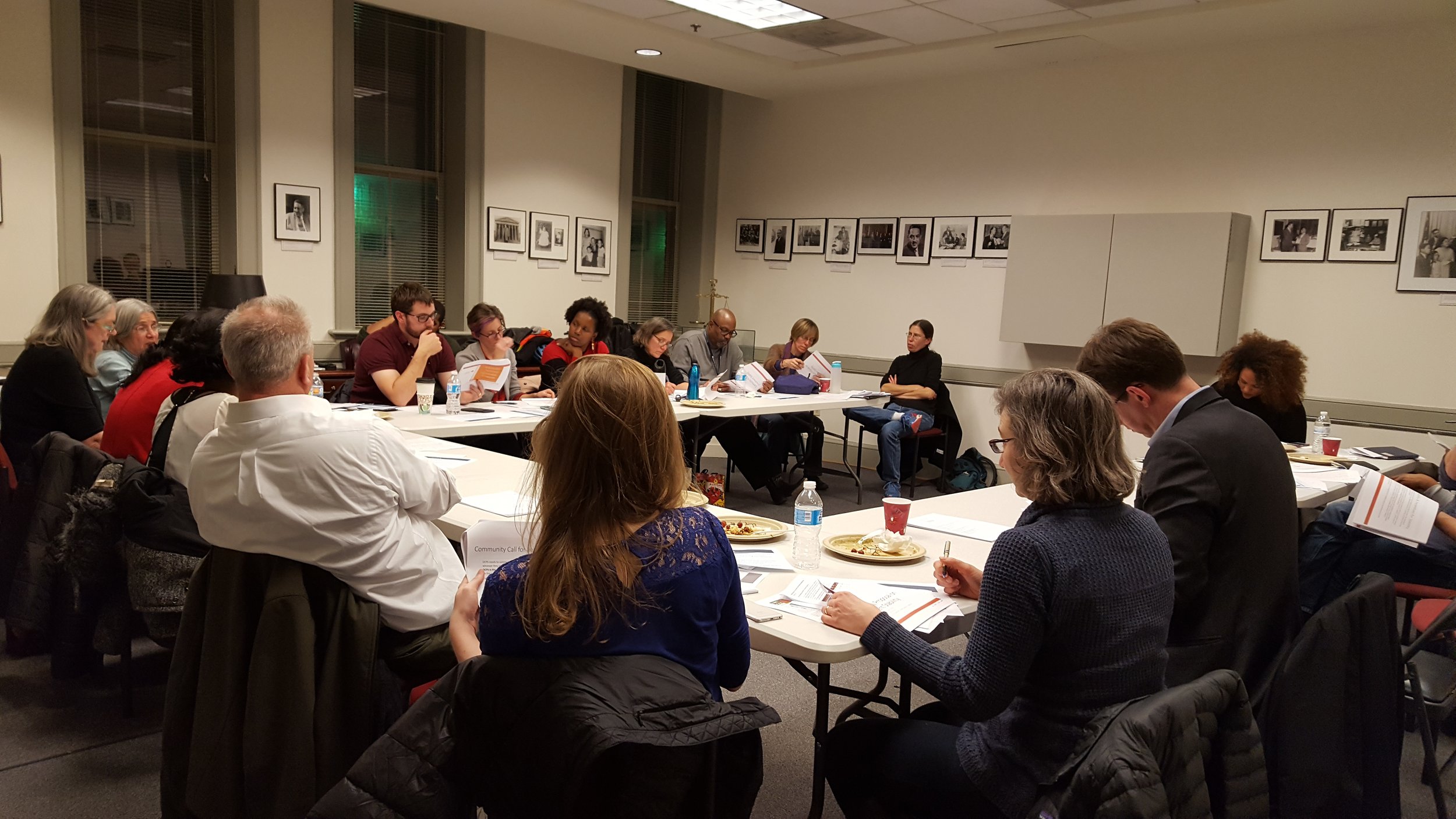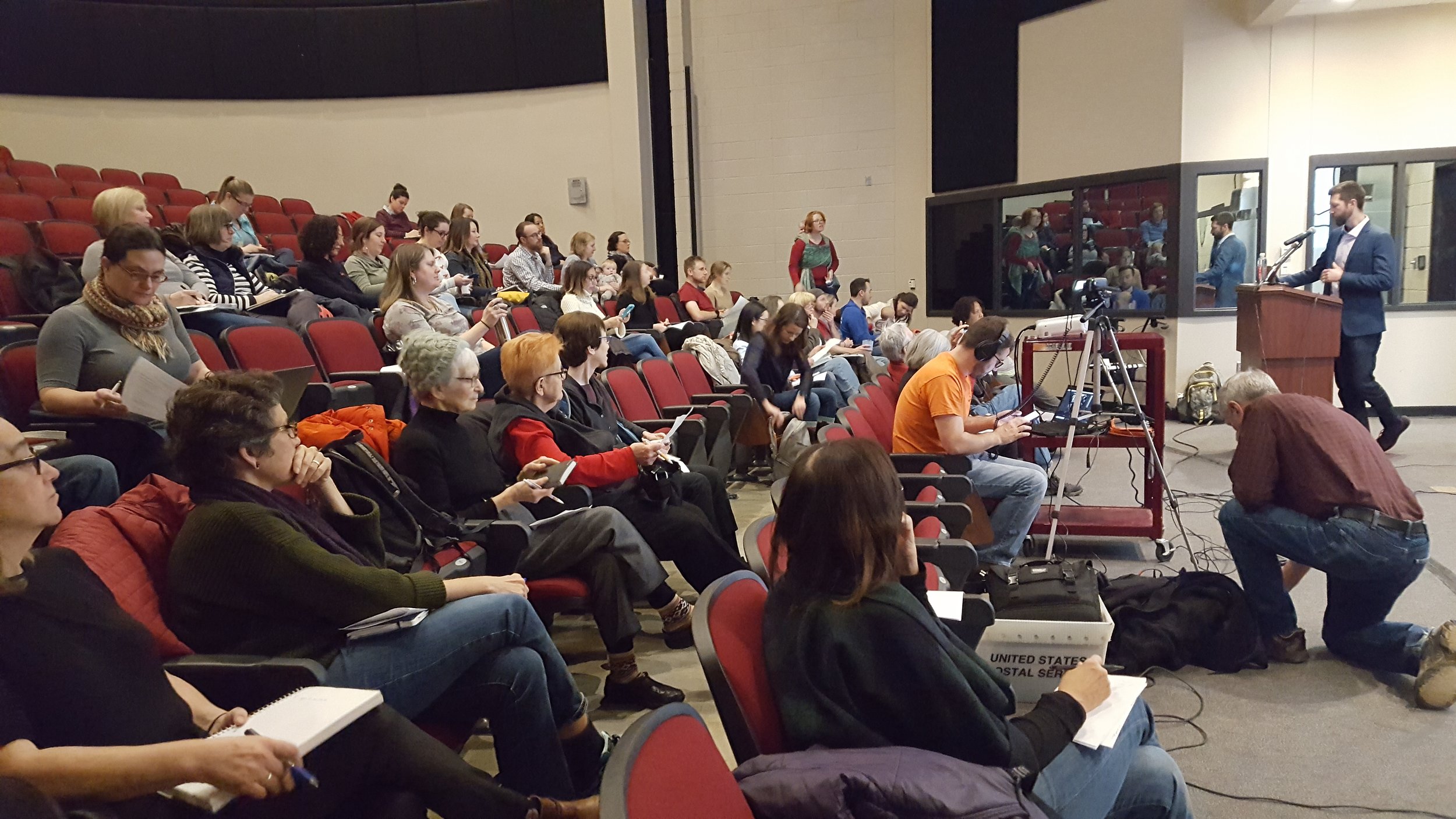Attendance and Truancy
/DC Council Written testimony on Attendance and Truancy Hearing of October 15, 2025
Cathy Reilly – Senior High Alliance of Parents, Principals and Educators
I appreciate the Council looking into these issues and providing insight and oversight.
For me, the most concerning numbers are the schools with high percentages of students with over 21 unexcused absences. These are largely in our neighborhood high schools and in areas of the city where there is more concentrated poverty. The numbers are staggering and beg for a deeper understanding at each of the sites.
Continuing to address food and housing challenges and the reductions in health care access are critical as a start.
Either students and families are not safe or do not feel safe attending. Or we do not have the agreement of these young people and or their families that it matters if they attend, not because of the threats of failure or punishment, but because it will benefit them and give them a future. Or they are missing school for significant reasons and this is not being captured in the excused or unexcused data process for us to attend to. Or the students are in school but missing 40% of their classes. With failure due to absence, once a student has missed class 30 times in the course of a year, they have failed. Once a student is absent 20 consecutive days and all required interventions have been performed, they can be withdrawn. While these are reasonable requirements, it does mean that there is no point in attending after these thresholds have been reached. These may not be all of the reasons but they are a good start.
Along with housing, food and health care – safety. Right now, primarily in wards 1 and 4 it is not safe for parents to take their children to school if they can be profiled as Hispanic or are their legal status is not secure. Children see adults detained by masked men coming from unidentified cars and often accompanied by MPD. If students are over 18, they can also be hassled, detained and deported even if they are picking up younger siblings. There are multiple examples cited here in this letter. Trauma, losing a parent, watching adults have to stand by while a loved one is taken away in this manner has severely undermined the trust in the city, the schools both charter and DCPS, and above all that the police are concerned with keeping everyone safe. The African American communities in parts of our city have confronted threats to their safety for decades as well.
1-The main intervention that makes a difference is the relationship with a trusted adult at the school. That adult can help identify the barriers, help point the way to access the resources – food, healthcare, housing at the most basic level. Beyond that they can listen and learn what else is in the way and be there as a support. This requires stable staffing. At high schools it might be useful to ask every student is there one teacher, coach, counselor, anyone that you feel knows you and notices you, someone you can talk to or go to with challenges. It is not a belonging survey but rather a way a school community might learn where it is succeeding or failing. This is more challenging in larger schools, but larger schools also offer a wider peer group, more courses and more opportunities. Teachers, counselors, deans, social workers that are available before and after school, on field trips, sponsor extra- curricular activities matter. This is not sufficiently acknowledged on Impact.
2- Make it easy to communicate: Both at a Ward 4 meeting and separately from parent responses there are issues with how excused absences are communicated in ASPEN. From a parent: As a parent, the new system of submitting excuses thru Aspen is not working - its cumbersome. I much prefer submitting the doctors excuses and/or my email to the Attendance manager. Early in the school year, I tried to use Aspen and it was difficult - I ended up providing the doctor's note to the Attendance Manager who uploaded it into the system. This was demonstrated at the meeting. All parents do not have the ability or tenacity to deal with the cumbersome system. This should be addressed for us to trust the data on who is excused or unexcused. Years ago, I was supporting a high school in making the calls to families where students were absent – well over half the phone numbers were not accurate, were disconnected etc. I do not know if this is still true.
3. Community partners, community schools, embrace of our larger community and its support in our efforts to guide the young people of the city to a future of work and satisfaction. DC Scores, Urban Debate League, Food Prints, robotics, field trips, athletics, chorus – bands out of school time activities and adults matter. How does the District support and incentivize partnerships and community connections at the high school level. A community schools designation with assigned staff has made a difference. Expanding this at every level especially where schools are seeing large numbers of students, tardy, chronically absent or truant matters.
4. Coordination and capacity; While the pilot at the DHS is going well, it is serving a small number of students relative to the numbers we are seeing. The model of case management where the student and family can accept and continue is a piece of a strategy. There are also students and families who do not, for whatever reason, surrender to this level of intervention to completion.
How will shortening the referral time to 5 days be implemented? Will there be the case managers to meet the need? How will the Council assess the capacity and coordination given everything they have heard at the hearing? How can we support this assessment and support the effort to have our students engaged and present as neighbors, as alumni of the schools, as a community?
As Rachel Pierre noted: The work is intensive and requires additional resources to respond to the requests for chronic absenteeism and truancy support. A key focus in year two is staffing the program at appropriate levels to continue its expansion in additional schools and provide case management services to former participating families who have requested support beyond the end of the academic year.
As a city we have embraced choice and travel as integral parts of the education landscape--lots of small schools and a competitive model. Students are spending a lot of time getting to and from school. We are struggling in our efforts to coordinate and plan for schools, with robust programming and equitable resources in every neighborhood. This too will help.








